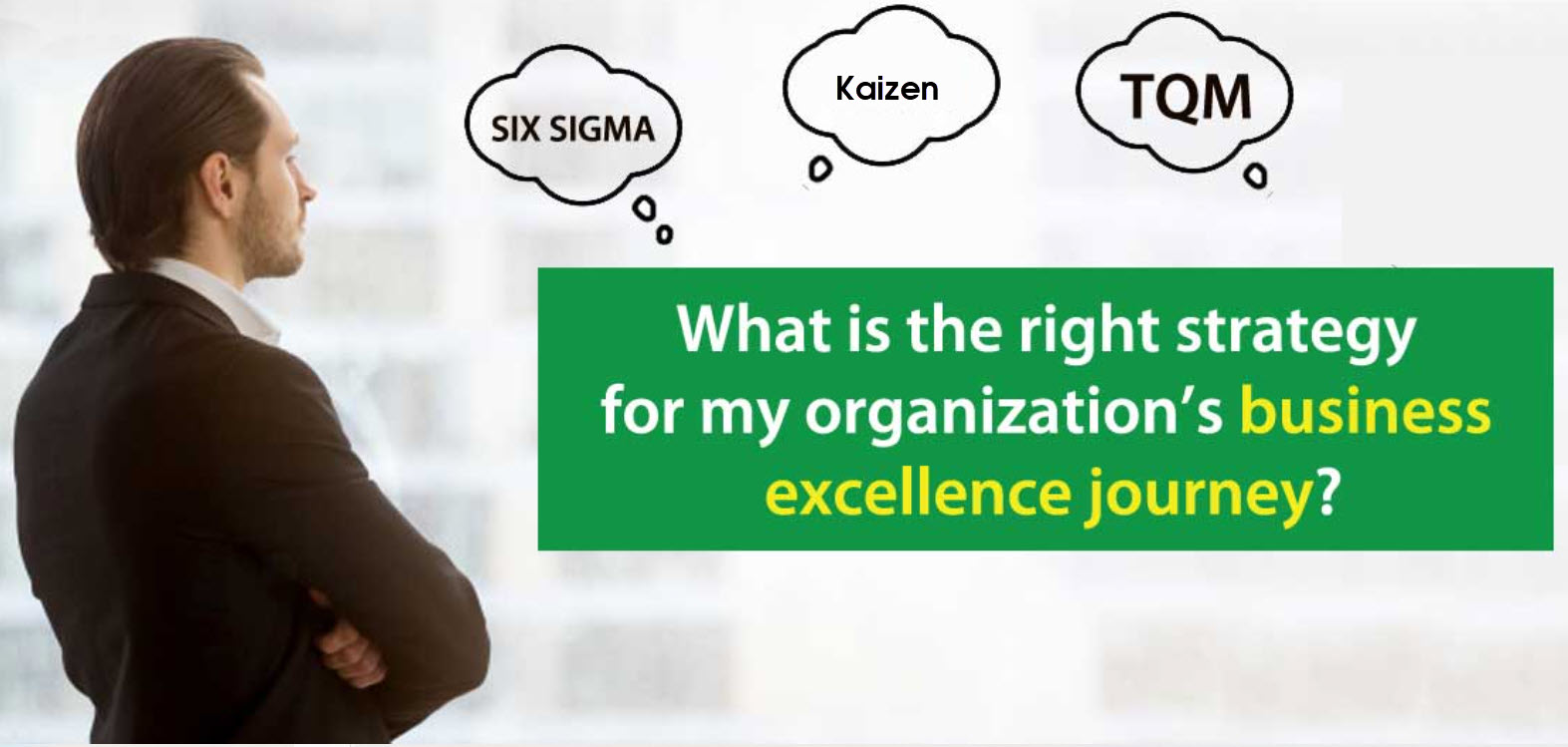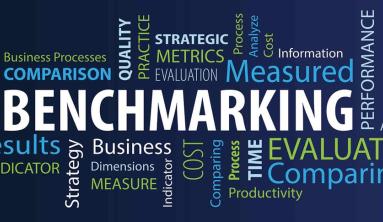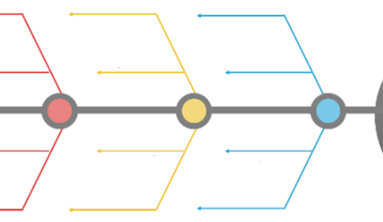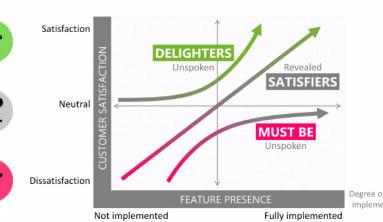TQM, Kaizen, and Six Sigma are all unique management approaches that have a shared focus on processes rather than projects and value continuous improvement— let’s examine where they differ.
Six Sigma
Six Sigma focuses almost exclusively on the number of defects per million and reducing them. The percentile success rate is the north star. It lays out a concrete framework for finding production problems.
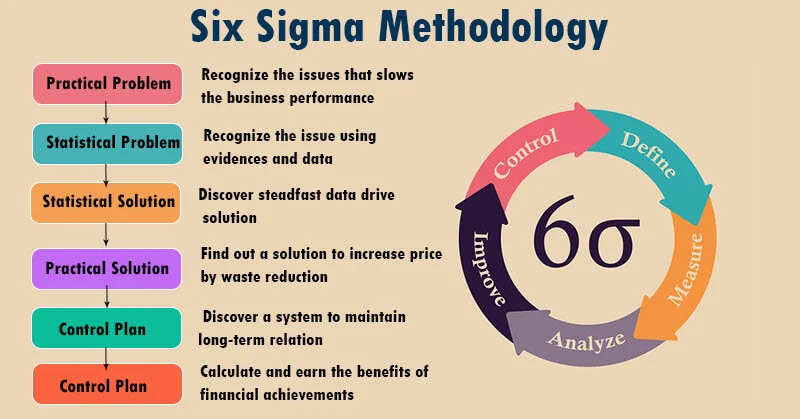
First, you must recognize that the issue exists. Your managers may have an idea that production is too slow. Next, you prove that the problem exists using measurement and data. Then you figure out the solution by running different numbers and using that to find a practical approach.
Kaizen
The Kaizen approach has more in common with TQM as it also aims to improve the work environment as a whole, rather than honing in on defects. Neither Kaizen nor TQM limits itself to fixing mistakes in the production line. The difference is that Kaizen focuses on bottom-up culture-based changes.
TQM
TQM is almost more of a cultural initiative than a management framework with concrete steps. You can see that in the high-level principles like fact-based decision-making where you involve every employee. Where it differs from Kaizen is the focus on high-level management involvement for decisions like standardizing frameworks and tools throughout the company.
Via monday.com
